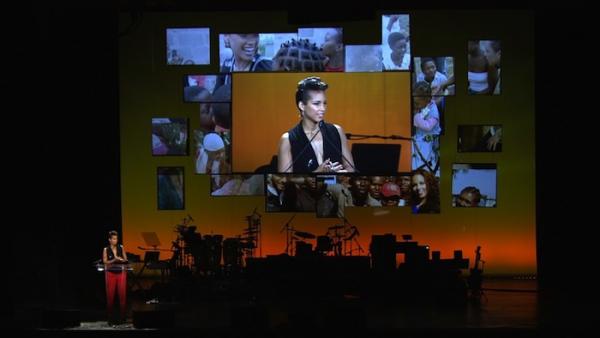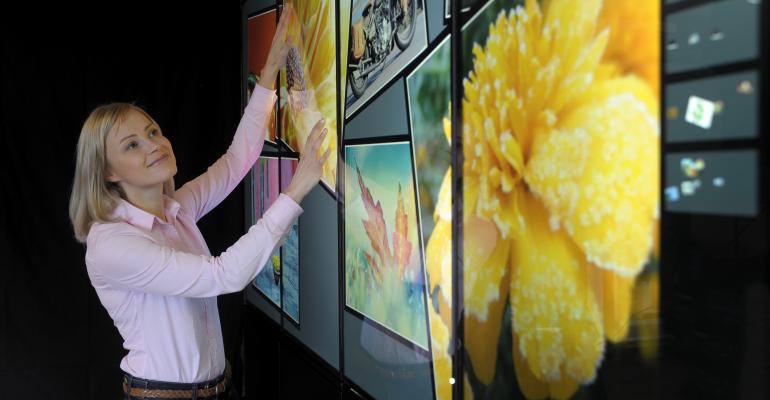If you’re tired of the same old Powerpoints and slides, consider livening up your stages with one of these five hot audiovisual trends compiled by the Rental and Staging Network, a 24-member network of event audiovisual and staging companies.
1. Gesture media. This allows the speaker to manipulate the presentation with body movement rather than a mouse, keyboard, or slide advancer—very much like playing Microsoft’s Xbox Kinect. There are different receivers that read a particular movement and then initiate an action on a computer, explains Donald Guzauckas, Jr., president of the Rental & Staging Network. It could be used in more intimate settings, like workshops, breakouts, or for product demonstrations.
2. Projection mapping. Projection-mapping, or video-mapping technologies allow you to project images on any multi-dimensional shape or form. Any object can become a display, leading to visual effects that make events memorable. If you’ve ever been to Disney World, this what they use to project images on Cinderella’s Castle. While it probably wouldn’t be as stunning in a convention center hall, it would add interest to a unique outdoor venue for an evening reception. “Projection mapping allows us to turn a piece of architecture into visual art or brand,” says Guzauckas, who is also general manager at HB Group Inc., New York City. And it’s not just on buildings. “You can projection map onto the replica of a car to demonstrate different colors or features.”

3. Multi-image display presentation software. By using software that run on multiple projectors, or other display devices like video walls, plasma screens, etc., meeting planners can work with their AV tech to create a fully-orchestrated, multi-image presentation. Imagine a room with several large monitors and projection screens—this technology allows AV pros to place visual content on any screen at any time. Producers may wish to have the presenter’s name and title on one screen, while the presentation is on others. “During the presentation, we can switch to show poll results on certain screens while keeping other content on others,” says Guzauckas. “Images can also seamlessly ‘move’ between screens.”
4. LED lighting. Audiovisual professionals can integrate LED lighting with video systems, allowing them to color match LED lighting to suit screen content and themes, further branding the meeting and the experience. LED lighting is more energy efficient.
5. Touch-screen technology. This expanding technology can transform presentations. It’s like using your iPad or Kindle to pull up information with your fingertips, but on a large screen. It could be used for an information kiosk at a meeting, or in workshops or sessions. With multiple touch points on the display screen, multiple people could access different information at the same time without interfering with one another.




